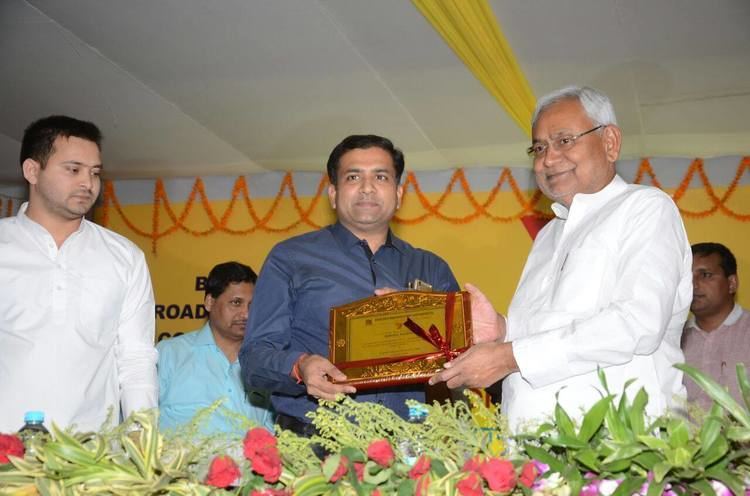Area 3,202 km² | Website Official website | |
 | ||
Major highways National Highway 30, National Highway 83 Points of interest Colleges and Universities Indian Institute of Technolo, National Institute of Technolo, Nalanda Open University, Indira Gandhi Institute o, Patna University | ||
Patna district is one of the thirty-eight districts of Bihar state in eastern India. Patna, the capital of Bihar state is the district headquarters. Patna district is a part of Patna division.
Contents
Map of Patna, Bihar
As of 2011 it is the most populous district of Bihar (out of 39).
History
In 1976, Nalanda district was split from Patna.
Today, it is one of the fastest growing district of India.
Geography
Patna district occupies an area of 3,202 square kilometres (1,236 sq mi), comparatively equivalent to the Solomon Islands' Makira Island.
Blocks: Patna Sadar, Phulwari sharif, Sampatchak, Paliganj, Fatuha, Khusrupur, Daniyawaan, Bakhtiyarpur, Barh, Belchi, Athmalgola, Mokama, Pandarak, Ghoswari, Bihta, Maner, Danapur, Naubatpur, Masaurhi, Dhanarua, Punpun.
Sub-divisions
Patna district comprises six sub-divisions:
- Patna Sahib
- Patna City
- Barh
- Danapur
- Masaurhi
- Paliganj
Assembly constituencies
14 assembly segments fall under Patna district.
Demographics
According to the 2011 census Patna district has a population of 5,838,465, roughly equal to the nation of Nicaragua or the US state of Maryland. This gives it a ranking of 15th in India (out of a total of 640). The district has a population density of 1,823 inhabitants per square kilometre (4,720/sq mi) . Its population growth rate over the decade 2001-2011 was 22.34%. Patna has a sex ratio of 897 females for every 1,000 males, and a literacy rate of 72.47%.
Economy
In 2006 the Ministry of Panchayati Raj named Patna one of the country's 250 most backward districts (out of a total of 640). It is one of the 38 districts in Bihar currently receiving funds from the Backward Regions Grant Fund Programme (BRGF).
Agricultural products include: paddy, maize, pulses, wheat and oil seeds. Roughly one third of the area sown is under rice (paddy). Cash crops such as vegetables and watermelons are also grown in Diara belt. Major industries include leather, handicrafts, and agro processing.
